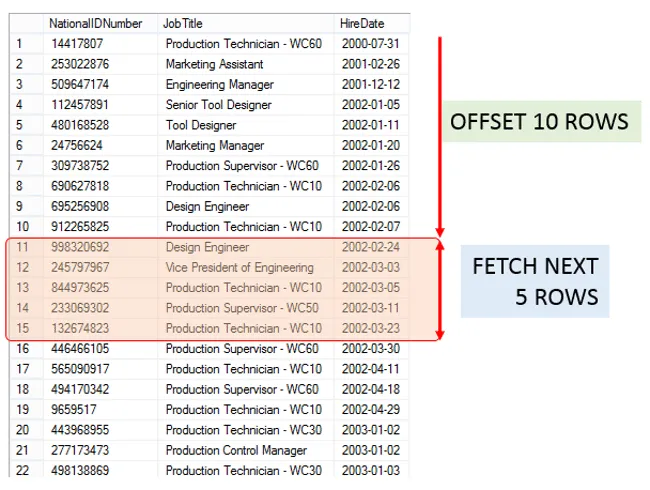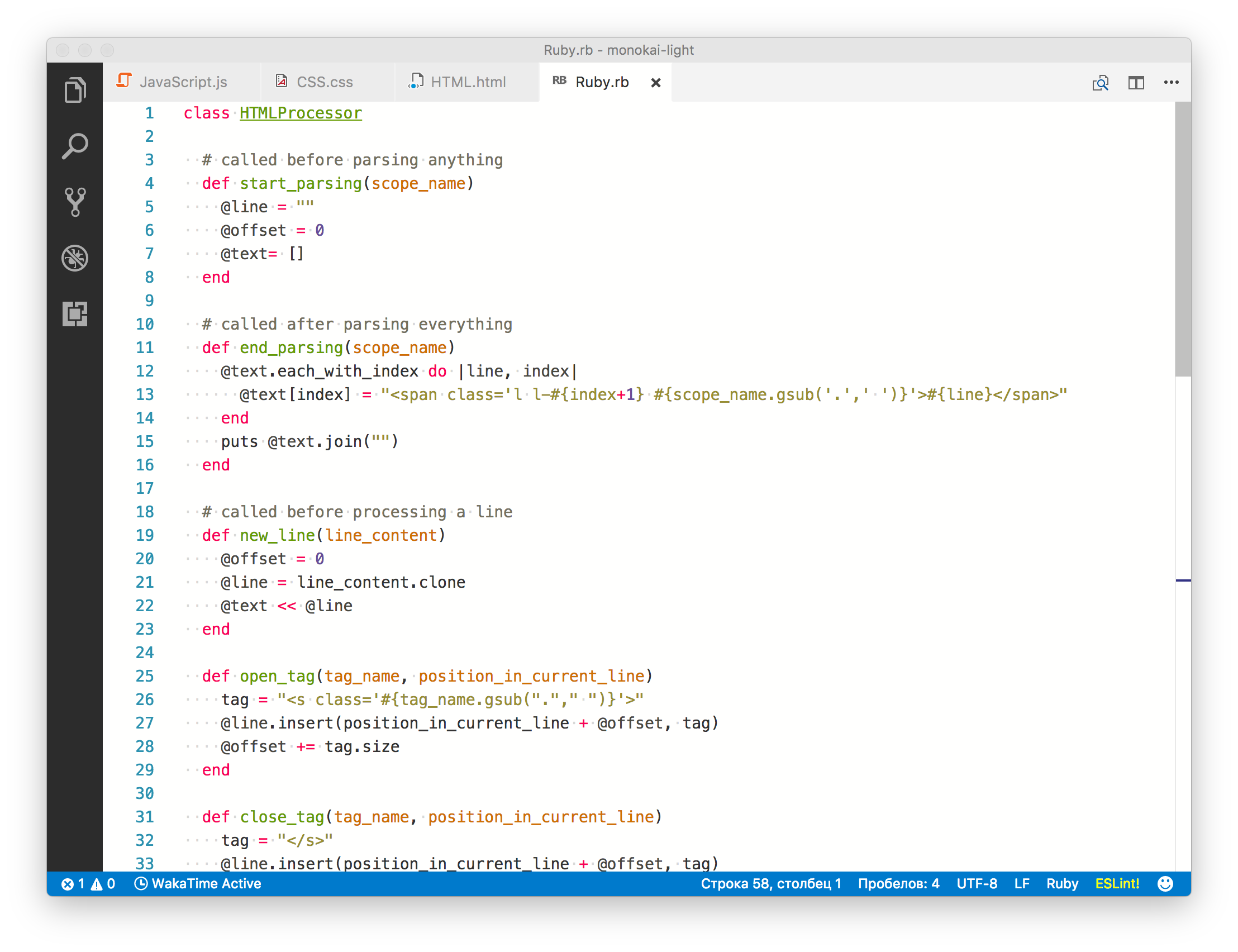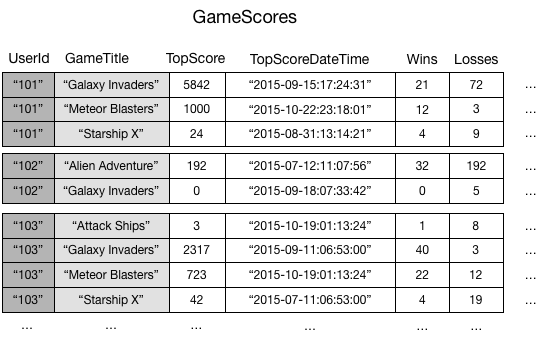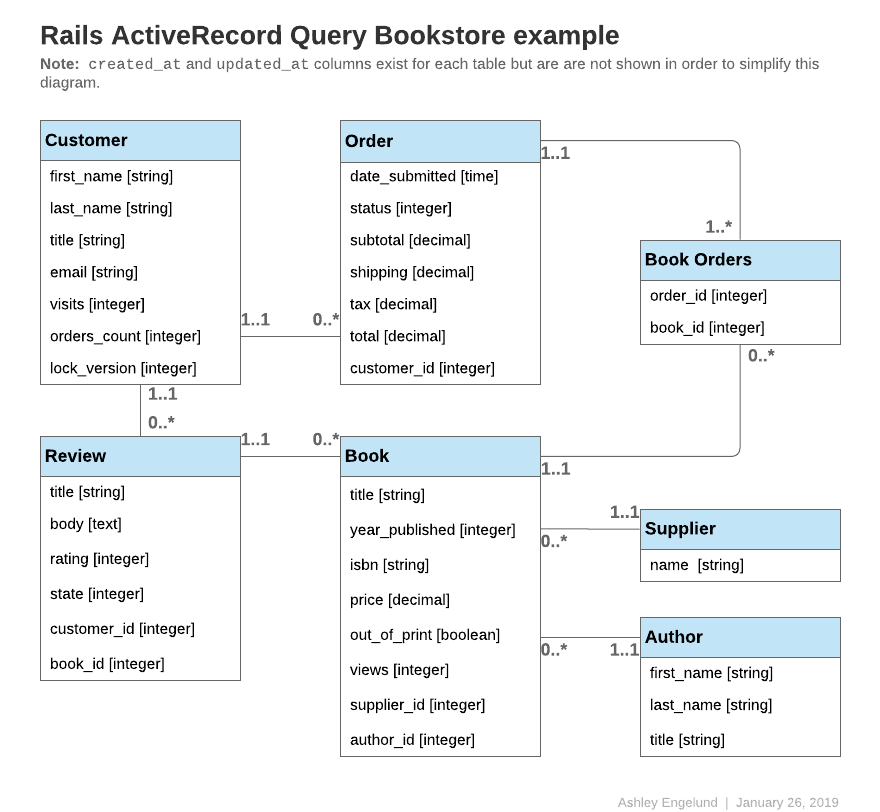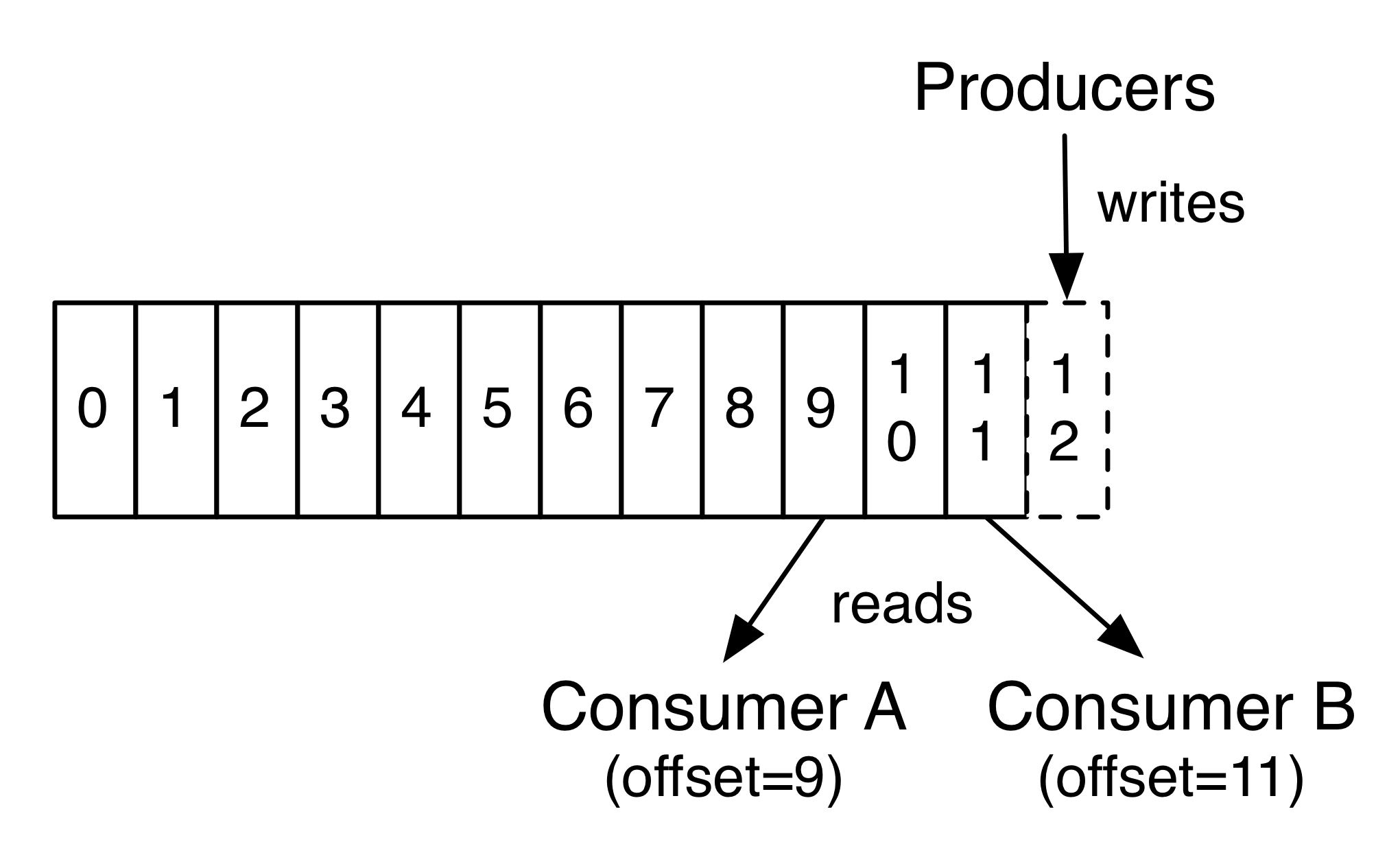Ruby Each With Index Offset

It takes two parameters.
Ruby each with index offset. Submitted by hrithik chandra prasad on january 26 2020. A second option is to use each with index instead of each with index. If no block is given returns a new enumerator that includes the index. This works exactly like the each method for an array object with one crucial difference.
The function takes the block which is used to initialise the index to the individual objects. New 3 index index 2 0 1 4 common gotchas when sending the second parameter the same object will be used as the value for all the array. The first one is the element and the second one is the index. Static value enumerator each with index value obj return enumerator with index 0 null obj.
Here we are going to learn about the array each index method with examples in ruby programming language. This page was generated for ruby 2 6. Ruby program that benchmarks iterator for loop count 750000 n1 time now usec version 1. In this article we will learn about array each index method we have already discussed the array each method you must be little more excited to read about array each index.
Each element in this array is created by passing the element s index to the given block and storing the return value. The two methods look very similar but each with index takes in an optional argument of where to start the count. Iterates the given block for each element with an index which starts from offset. The each with index of enumerable is an inbuilt method in ruby hashes the items in the enumerable according to the given block.
Ruby arrays are objects and they provide the each method for working with elements. In case no block is given then an enumerator is returned. Puts n2 n1 1000 puts n3 n2 1000 output 750000 750000 61 time in ms. Enu each with index obj block.
In the last form an array of the given size is created. We can then print the element s value using puts. While each doesn t give you that you can use each with index. If you would like your index to start with a different number you would write array each with index.
Use times iterator v 0 count times do v 1 end puts v n2 time now usec version 2. V 0 for i in 0 count 1 v 1 end puts v n3 time now usec compute millisecond timings. Finding out current index in an each loop. For each element in the sharks array ruby assigns that element to the local variable shark.
If you do not include an argument the index will start at 0. The each method works in a similar fashion to for in but has a. You won t see for in very often though. It returns the enumerator if no block is.
A b c each with index el i puts i 0 1 2.








